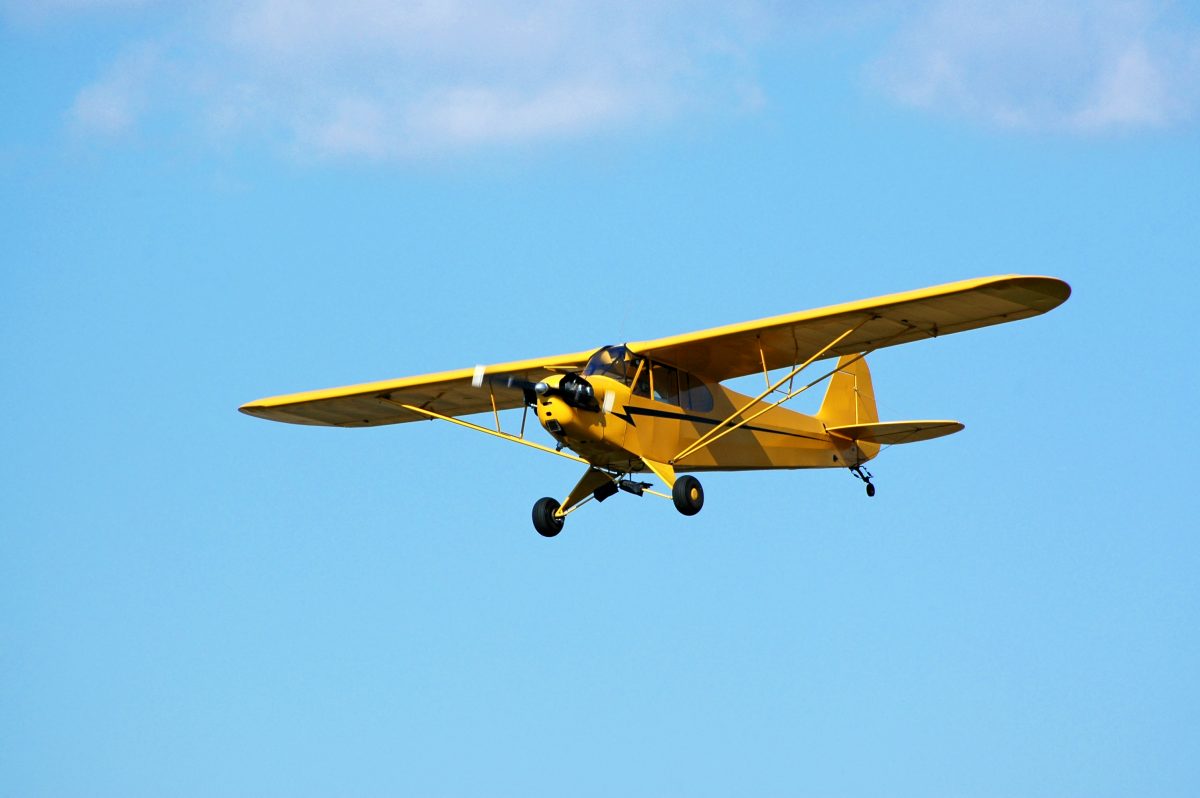
Crosswind landings are among the most nerve-wracking maneuvers pilots have to perform. A crosswind occurs when a significant component of the prevailing wind is blowing perpendicular to the runway centerline. Landing in crosswind conditions can be highly dangerous; in fact, they are the most common contributing factor in weather-related landing incidents and accidents. Extreme crosswinds have been known to send airplanes off the runway or even flip them upside down.
Whether you’re a student pilot just learning the basics or an experienced pilot who hasn’t encountered crosswind conditions in a while, it pays to brush up on the proper crosswind techniques. Here are a few tips and reminders for crosswind landings.
Calculate the crosswind component
On final approach, ask ATC for a wind check. At non-towered airports, you can determine the wind direction and speed by looking for the windsock. If you know the wind speed and its angle to the runway, you can calculate the headwind and crosswind components using a crosswind component chart or by doing some quick mental math. If more than one runway is available, choose the one with the least crosswind component and the highest headwind component.
Choose your method
There are two basic crosswind approach and landing methods: the crab technique and the sideslip method.
The crab technique
When an aircraft is pointed in one direction but moving in another direction, it is said to “crab”. One way to correct for crosswind conditions during landing is by purposefully establishing a crab, using the rudder and ailerons to angle the aircraft’s nose into the direction of the wind while keeping the wings level. This way, the airplane’s ground track remains aligned with the centerline of the runway. The pilot should maintain the crab angle until just prior to touchdown, at which point the pilot must add sufficient rudder and aileron to align the airplane with the centerline. Doing so avoids sideward contact of the landing gear with the runway.
The sideslip method
The sideslip method is the most common method taught to student pilots. Unlike the crab technique, a pilot using the sideslip method tries to keep the airplane’s heading aligned with the centerline of the runway. The pilot uses the ailerons to counteract the downward drift caused by the crosswind, while simultaneously applying opposite rudder pressure to keep the aircraft’s longitudinal axis aligned with the runway. After touchdown, it’s necessary to continue applying wind correction by working the rudder pedals and using the ailerons to keep the airplane moving straight down the runway.
Either method is correct, but the sideslip method can be uncomfortable to maintain for a long period of time. For this reason, many pilots prefer to use a combination of the two techniques, often starting with the crab technique on final approach and then transitioning to the sideslip method for the rest of the landing phase.
Practice makes perfect
There’s no better way to master the art of crosswind landings than to practice. If you’re unsure of your crosswind landing skills or just a little rusty, find an instructor to help you refine your technique. Simulator training offers another way to practice tricky crosswind landings. Redbird Flight Simulation’s innovative Xwind full motion trainer places pilots in gusty, crosswind conditions for extended periods, allowing them to learn proper landing techniques in a safe environment. With more crosswind practice under your belt, you’ll have a better idea of what your personal limits are and feel more confident determining when a go-around is necessary.
What are some of the best tips you’ve received for crosswind landings? Tell us on Facebook or Twitter.